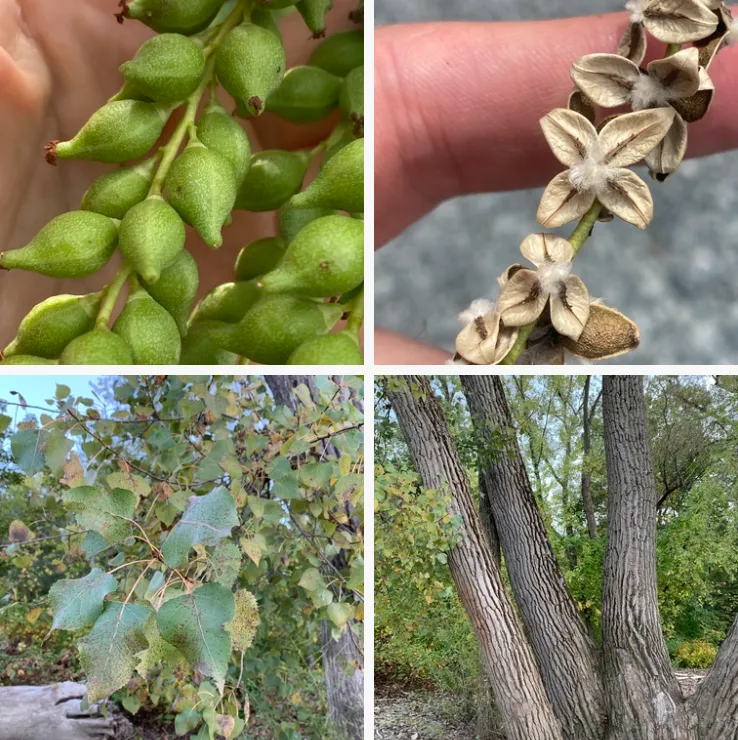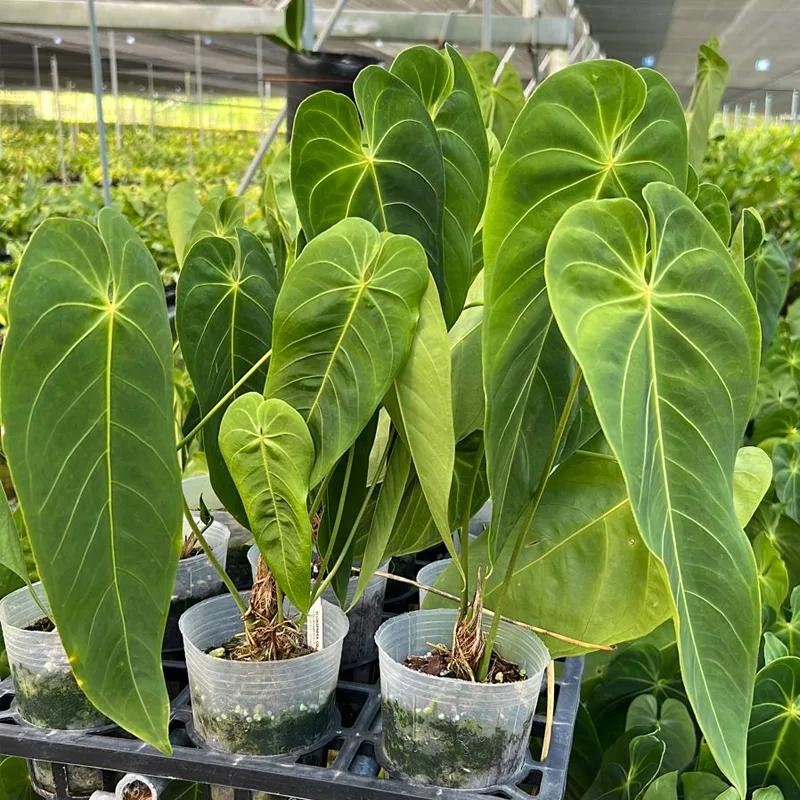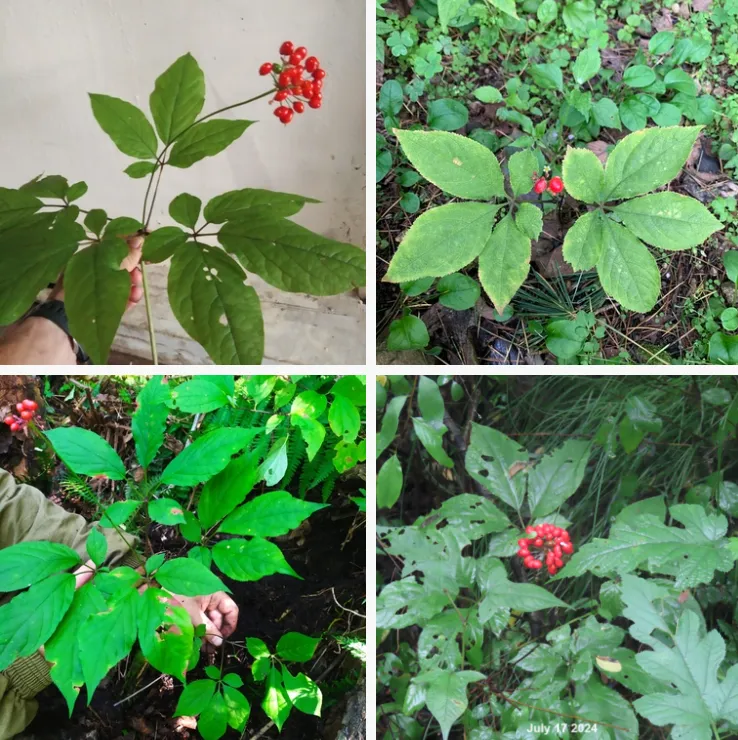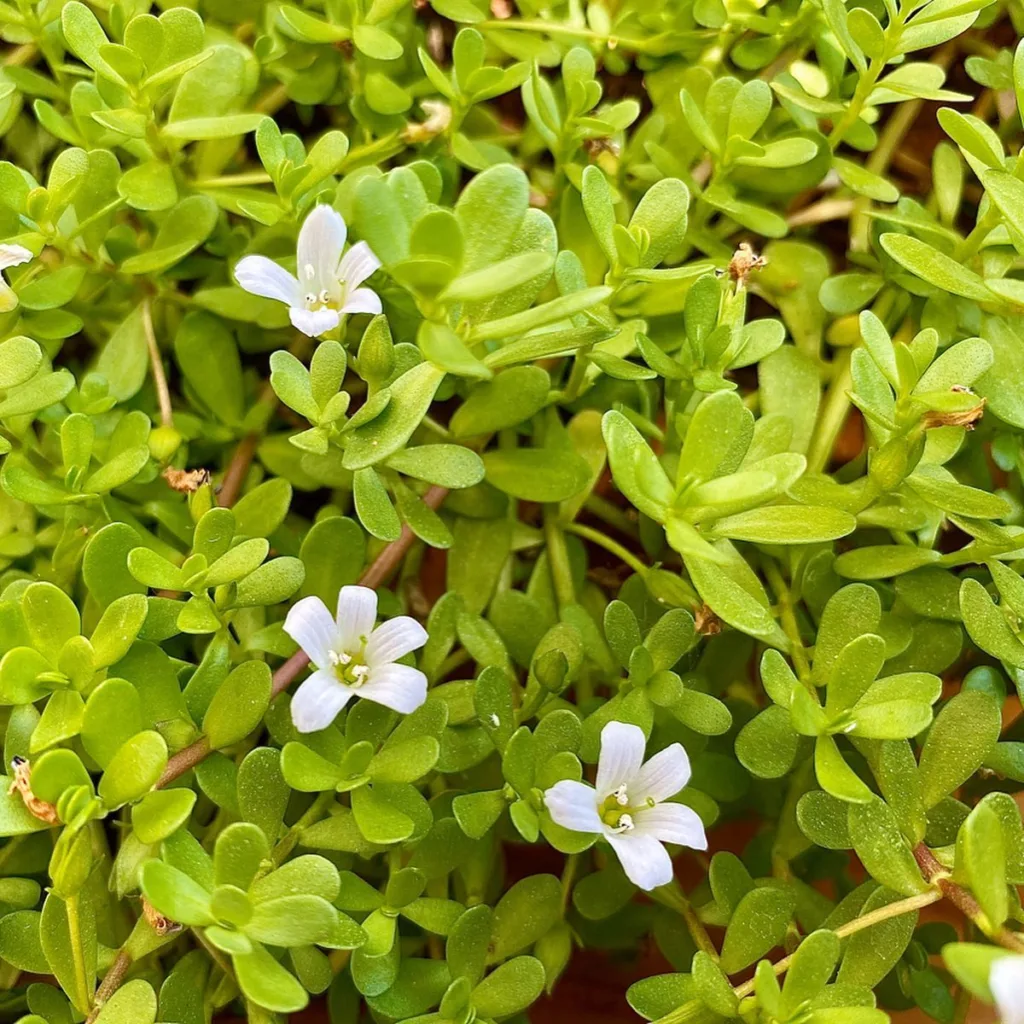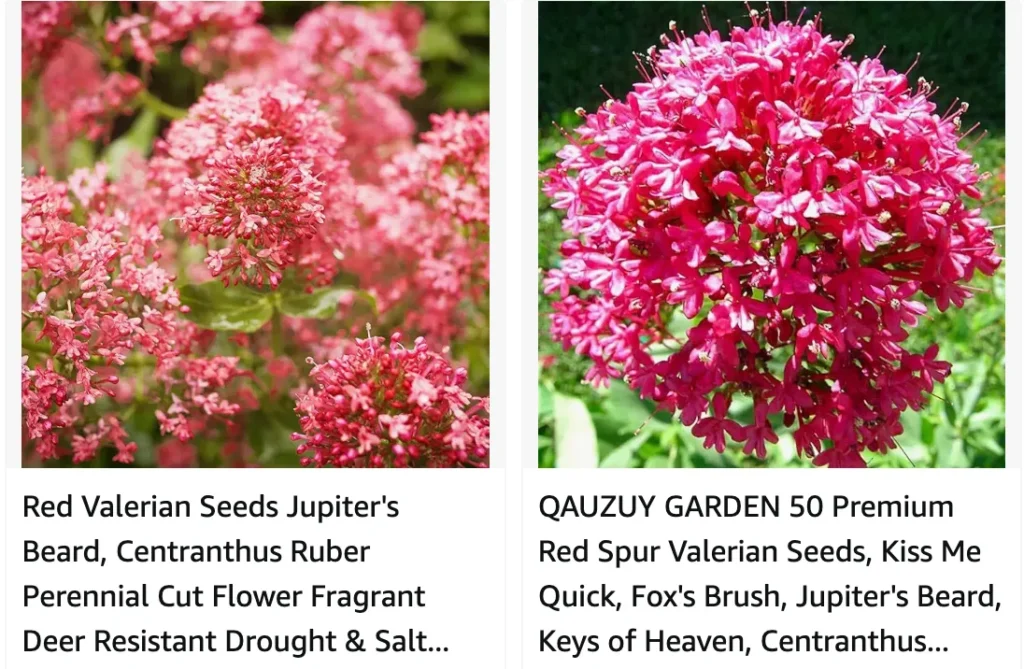
My Journey with Centranthus Ruber
Centranthus Ruber, also known as Red Valerian or Jupiter’s Beard, is a striking plant that has captured my heart with its vibrant clusters of flowers and hardy nature. Here’s my comprehensive guide on everything you need to know about this fascinating plant.
What is Centranthus Ruber?
Centranthus Ruber is a perennial plant that belongs to the Caprifoliaceae family. It is known for its beautiful, dense clusters of small, star-shaped flowers that come in shades of red, pink, or white. The plant can grow up to 3 feet tall and is often found thriving in rocky, well-drained soils. It is a favorite among gardeners due to its long blooming period and its ability to attract butterflies and bees.
How to Grow Centranthus Ruber?
Growing Centranthus Ruber is relatively straightforward, making it an excellent choice for both novice and experienced gardeners. The plant prefers full sun but can tolerate partial shade. It thrives in well-drained soil and is quite drought-tolerant once established. To grow Centranthus Ruber, simply plant it in a sunny spot in your garden and water it regularly until it becomes established. After that, it will require minimal maintenance.
How to Grow Centranthus Ruber from Seed?
Growing Centranthus Ruber from seed is a rewarding process. Start by sowing the seeds indoors 6-8 weeks before the last expected frost. Use a seed tray filled with a light, well-draining seed starting mix. Lightly press the seeds into the soil and keep them moist. Once the seedlings are large enough to handle, transplant them into individual pots. When the danger of frost has passed, you can plant them outside in your garden.
How Far Apart to Plant Centranthus Ruber?
When planting Centranthus Ruber, it’s essential to give each plant enough space to grow and thrive. Plant them about 18-24 inches apart to allow for adequate air circulation and to prevent overcrowding. This spacing will also help ensure that each plant has enough room to develop its root system and to access nutrients and water from the soil.
When Does Centranthus Ruber Bloom?
One of the most appealing features of Centranthus Ruber is its long blooming period. The plant typically begins to flower in late spring and continues to bloom throughout the summer and into early fall. The continuous display of vibrant flowers makes it a standout in any garden and a favorite for those looking to add color over an extended period.
How Long is Centranthus Ruber in Bloom?
Centranthus Ruber is known for its impressive blooming period. Once it starts blooming in late spring, it can continue to produce flowers well into early fall. This extended bloom time, sometimes lasting up to 4-5 months, makes it a valuable addition to any garden, providing a long-lasting display of color.
Is Centranthus Ruber Invasive?
Centranthus Ruber can be considered invasive in some areas due to its ability to self-seed prolifically and spread rapidly. It is essential to manage its growth by deadheading spent flowers to prevent excessive self-seeding. While its ability to spread can be a problem in some regions, in a controlled garden setting, it can be a beautiful and manageable plant.
Is Centranthus Ruber Toxic to Dogs?
As a pet owner, it’s crucial to know whether the plants in your garden are safe for your furry friends. According to the ASPCA, Centranthus Ruber is not listed as toxic to dogs. However, it is always a good idea to prevent pets from chewing on garden plants, as some animals may have sensitivities to certain plants.
Is Centranthus Ruber a Weed?
Whether Centranthus Ruber is considered a weed depends on its context. In a managed garden setting, it is a beautiful ornamental plant. However, due to its ability to spread and self-seed, it can become a weed in natural areas where it competes with native plants. Regular maintenance and control are necessary to keep it in check.
How to Care for Centranthus Ruber?
Caring for Centranthus Ruber is relatively easy. It requires minimal watering once established, and it thrives in poor, well-drained soils. Deadhead the spent flowers to encourage continuous blooming and to prevent unwanted self-seeding. Prune the plant back in late fall to maintain its shape and to prepare it for the next growing season.
What to Plant with Centranthus Ruber?
Centranthus Ruber pairs well with other sun-loving perennials. Consider planting it alongside lavender, salvia, or catmint to create a stunning display of colors and textures. Its tall, airy flower clusters also look great when mixed with grasses or used as a backdrop for lower-growing plants.
In conclusion, Centranthus Ruber is a versatile and charming plant that can add beauty and color to any garden. With its long blooming period, ease of care, and ability to attract pollinators, it’s no wonder this plant has become a favorite among gardeners like me.
If i die, water my plants!
